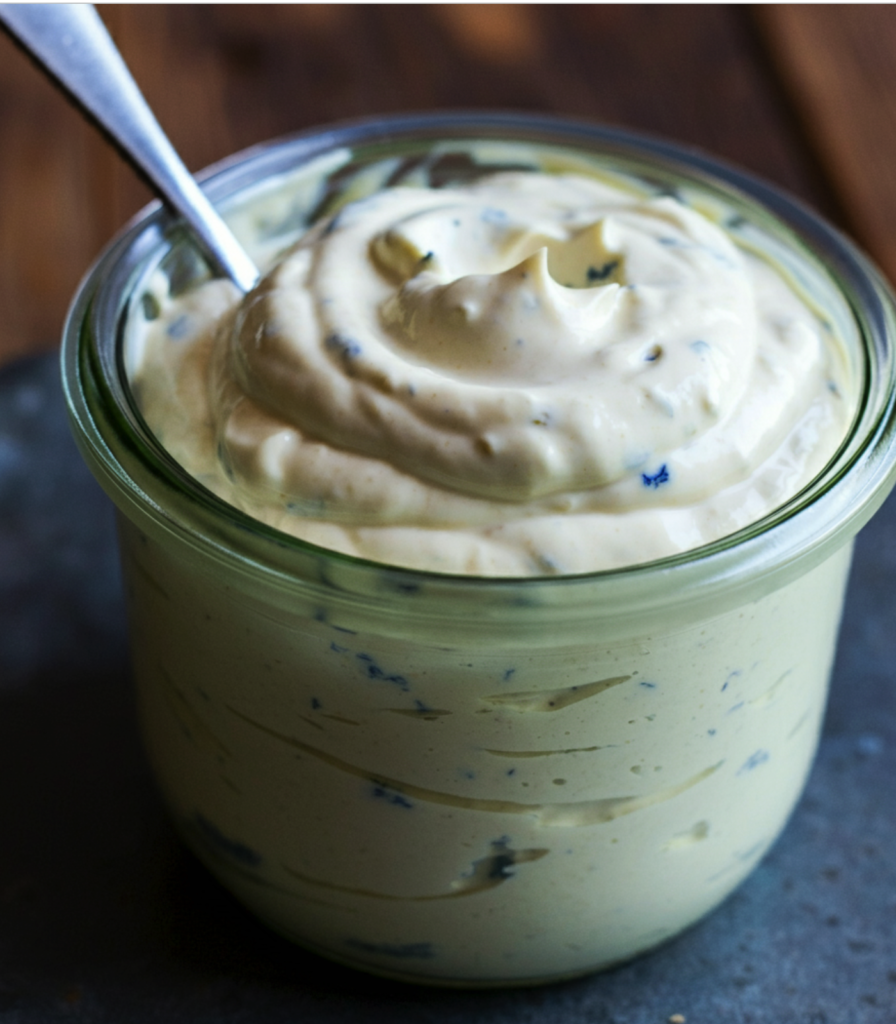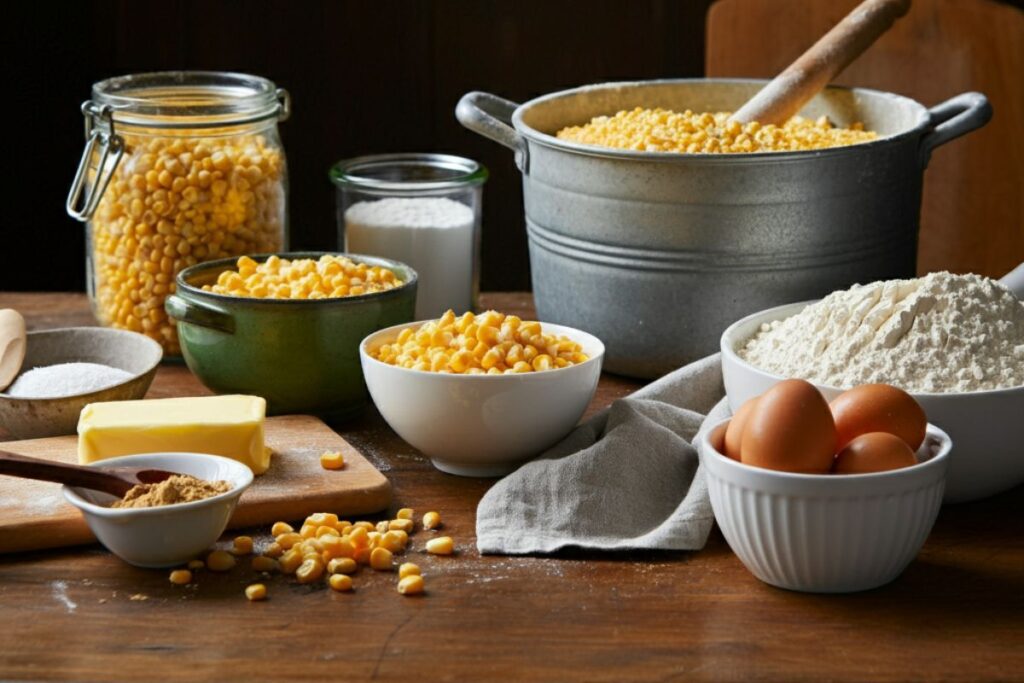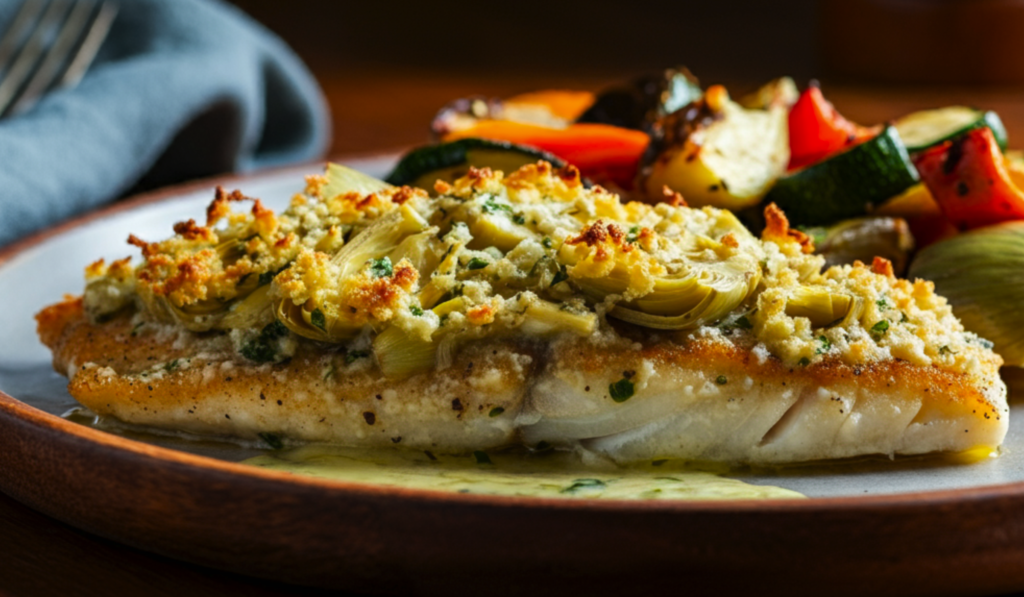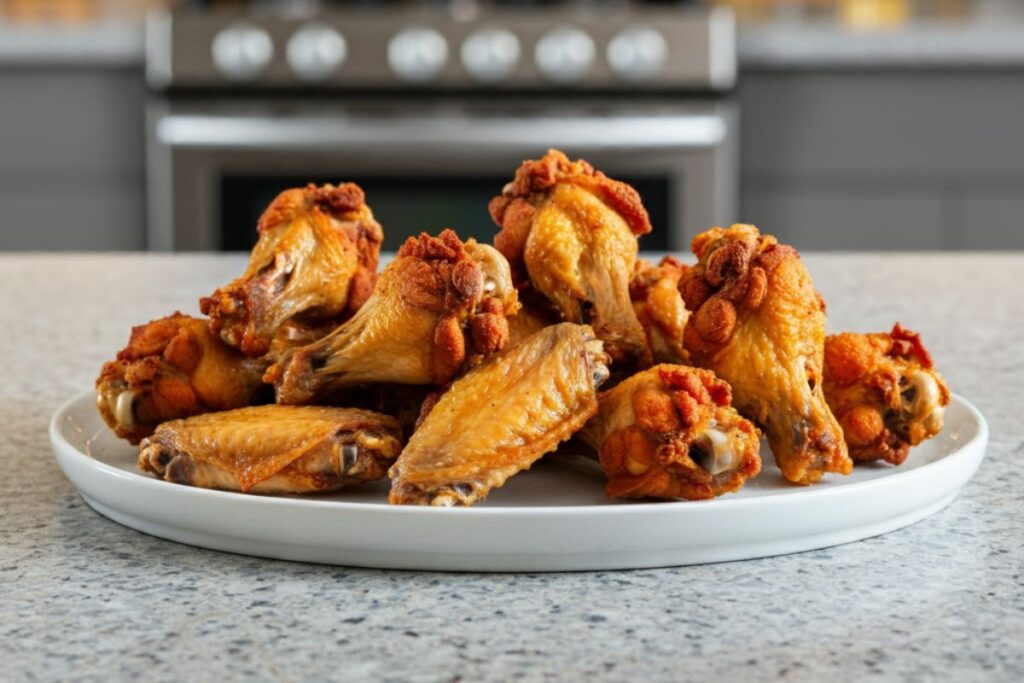Easy Chocolate Courgette Muffins: A Simple and Delicious Recipe
Discover a simple recipe for moist and delicious chocolate courgette muffins. A perfect blend of indulgence and hidden veggie nutrition! Who would have thought that a humble vegetable like courgette …













